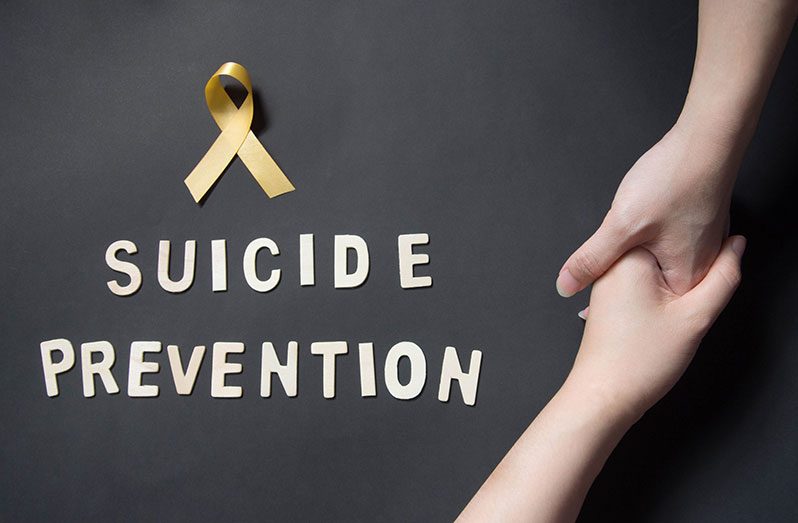By Vanessa Cort
THE shocking death by suicide of former Miss America, Chelsie Kryst, Sunday before last, has once more turned the spotlight on people who choose to take their own life.
In two recent articles I discussed this topic and the effect suicide has on those who are left behind to mourn the loss and attempt to answer the question why.
In the case of this lovely young woman, I am sure questions abound in the minds of family and friends, who seemed to have no inkling that the 30-year old television correspondent and model would end her life so suddenly and so violently.
The fact that she had at some point been seeing a therapist and appeared well-adjusted and in control of her life, makes her jump from the 29th floor of her luxury apartment building even more mystifying.
Add to this the Instagram picture she posted along with a text, earlier that day, saying, “May this day bring you rest and peace”, makes you wonder whether there was hidden meaning behind those words.
It certainly made me reflect on the words of Psychotherapist, Shane Tull, who said that often people take their own lives when they seem to be doing well. He explained that this happens because, adversely, they do not want to be seen as weak.
An attorney, who was known to be a fighter for social justice, and considered a role model, Kryst has left many puzzled and devastated by her death.
And one friend, former Miss Universe, Zozibini Tundi, in a touching statement, articulated what others must be feeling when she said she was “caught between not believing the news and trying to make sense of what is happening”.
However, the sad fact is that this bright and proud woman of colour was clearly so disturbed that she felt there was no other option open to her but to stop her pain by ending her life.
In an Overview, the US Mayo Clinic said, “Suicide, taking your own life is a tragic reaction to stressful life situations,” and went on to point out that “warning signs aren’t always obvious and may vary from person to person. Some people make their intentions clear while others keep suicidal thoughts and feelings a secret”.
In the latter case, detecting a potential suicidal person is far more difficult and the Overview lists certain suicide warning signs. These include withdrawal from social contact and wanting to be left alone, mood swings, a preoccupation with death, dying or violence and engaging in risky or self-destructive activities.
Among the persons said to be at risk of suicide are those who have attempted it before, who feel socially isolated or lonely or have an underlying psychiatric disorder such as major depression.
There can be no underestimating the nature of stress too, which Elizabeth Brondolo, Ph.D describes this way: “The problem with stress is that it is such… when people think about it, they often get overwhelmed or they’re not sure how to conceptualise it or how to measure it or how to think about what really are the clinical implications.”
The underlying feeling of being overwhelmed seems ‘front and centre’ in suicide cases and anyone feeling this way is urged to seek immediate help while others are encouraged to watch for signs that a friend or family member may have suicidal tendencies.
In Guyana, where the suicide rate was once considered the highest globally, numbers have been steadily declining with the establishment of a Mental Health Unit and a Suicide Prevention Hotline.
Under the auspices of the Ministry of Public Health, the Psychology Sector of this Unit is run by Senior Psychologist, Balogun Osunbiyi, who urges members of the public to access the services offered.












